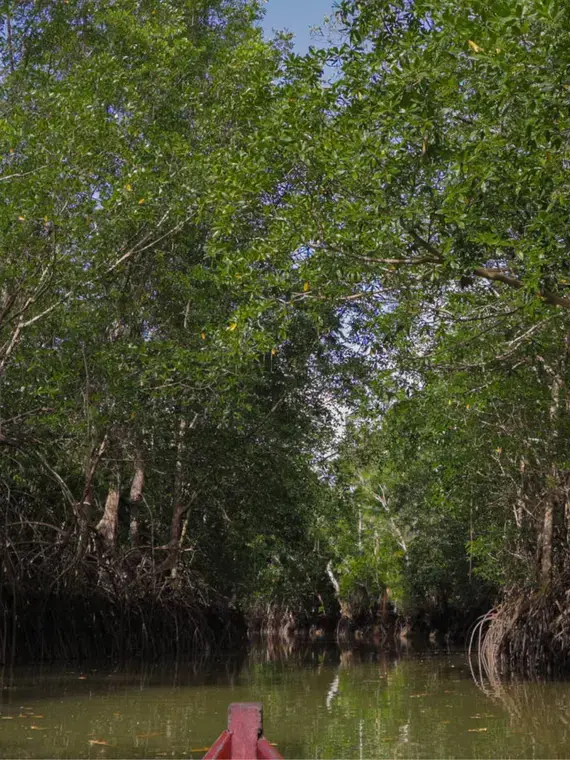The Amazonian Mangroves project aims to publish four articles that will cover the environmental, socioeconomic, and tourist activities in the area between the states of Amapá and Maranhão, on the northern coast of Brazil.
Mangroves make up the most extensive and well-preserved locality of this ecosystem. Mangroves are rarely reported on in environmental media, despite their importance as carbon holders and as local nurseries for different species.
In addition to economic activities related to crab fishing, the region has sociocultural importance for the traditional communities who are descendants of enslaved people (quilombolas) and riverside communities who live there. Their conservation is guaranteed due to the sustainable use of fishing resources and protected areas created in 2005 by ICMBio (a part of the federal government). However, the pressure caused by external predatory fishing and the probable oil exploration in the Foz do Amazonas basin, which the Brazilian government is interested in, may threaten one of the only places in the world where this balance still exists.
Mangroves sequester carbon from the atmosphere and store it in sediments below the ground, allowing the gas to be stored for longer periods than in tropical forests, highlighting the importance of preserving this ecosystem. In addition, mangroves ensure the maintenance of riverbeds and assist in the conservation of vegetation that covers the Brazilian coastal areas.
This project will explore this biological, social, cultural, and economic wealth, as well as expose the challenges of sustainable use of natural resources by local communities.










